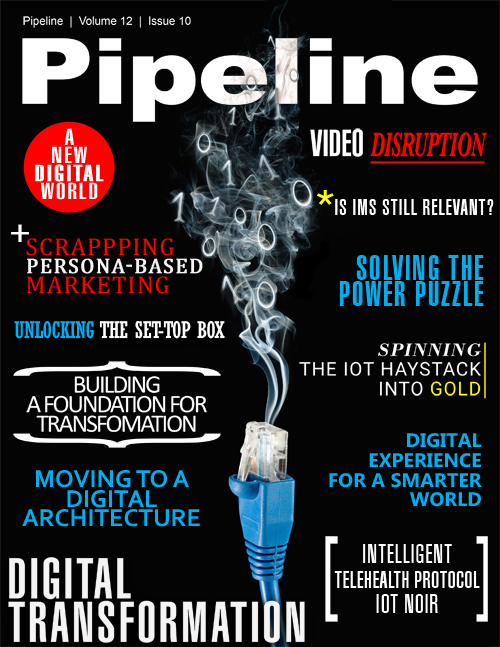Is IMS Relevant?
This embodies a commercial viewpoint difference between traditional telco and OTT. For OTT, services are edge-to-edge, under control of one service application – and generally one vendor. The prime OTT principle is owning the customer’s eyeballs and actions. To the OTT companies, telcos and ISPs just provide the ride.
And look at what has been achieved without IMS in the OTT world. While IMS was crawling its way through committee meetings, the combined forces of the open source and proprietary software communities have pushed through huge advances in Cloud, virtualization, IoT, social networking, and collaboration software. Where are the new markets, services, technologies spawned by IMS?
On the Other Hand
The telco world view is different. Interconnection of networks is the prime principle. To the telco, commerce is a complex world of shared services, shared customers, and interlinked communication paths. IMS is not just glorified SIP. IMS is a comprehensive set of standards and functions for real-time communication that provide a consistent structured way of managing the complications of an environment in which we have: users with multiple identities, identities subscribed to multiple services, and services delivered by multiple service providers to multiple physical devices. IMS does all this in such a way that users can communicate with each other globally, no matter which service provider they pay for their services. Everyone in the ecosystem shares costs and revenue.
Furthermore, IMS provides a service provider a way of monitoring and managing quality of service for every connection, robust mechanisms for authentication and security, and a framework for creating service mash-ups, bringing together services from multiple third parties in a seamless way and providing the raw data for settlements and billing. It does this without a mishmash of thousands of near identical apps.
Admittedly, not every real time service needs all this. When a Skype or iChat call between a grandparent and a grandkid freezes, it’s irritating, but hardly critical. Yet, in this complicated and crowded world, IMS says there’s still a market for services that are better than someone else’s “best efforts” – that we still need guaranteed “carrier grade”.
IMS for IoT
The Internet of Things is the next big thing in real-time communications. Can there be a role for IMS as a management and configuration framework for IoT?
Some IoT uses are just convenient. The ability to check whether there’s yogurt in the fridge on the bus ride home might save some time, but it is nice to have, not necessary. But a great many IoT services will be mission critical. The connection to a home security system needs to be solid and reliable, no matter how modest the home. An autonomous car really should be able to exchange messages with other cars, no matter who manufactured the car or whose network it’s connected to. Monitoring services should come with a much better MTBF than the equipment it’s monitoring. Mission-critical IoT services need an integration and control framework that provides data analytics, OAM&P, identity, security, and privacy. Just like phone calls.
SIP was designed to be end-device-agnostic; the SIP session setup itself exchanges required information about the capabilities of any end device. These devices could be smartphones or tablets, IoT sensors or actuators or agents. They can be user devices or policy-driven servers; human to human, machine to machine and machine to human. SIP can intrinsically handle one-to-one, one-to-many, and many-to-many interactions. Sounds like that might be useful for IoT. And SIP is being used, independent of IMS, in some IoT frameworks.
A “thing" in the IoT needs to have an identity. It needs to be able to set up communication sessions with other “things”, other server applications, and also communicate messages to and from humans. It makes total sense to manage all these things in the same way, and in the same environment, as we manage identities owned by human users of mobile phones. With IMS, we have identity and authentication services, user management, and integration to catalogs of service products. It’s reasonable that carriers see IMS as the framework to support IoT.
But there is no evidence that the early implementers of IoT are thinking about IMS in this way. We seem headed for an industry in which multiple OTT IoT providers operate their services using their own proprietary "standards." Each proprietary way of running a cluster of IoT things will be its own island, not communicating with anything else. Integration is eschewed; weakly replaced by after service data analytics in the cloud. Telecommunications was like this before people wanted to call from one country/region to another. But … from the perspective of OTT service providers, technical regionalism or service islands are a captured game space – a market goal. Here, IMS is unwelcome. Might that change?



















